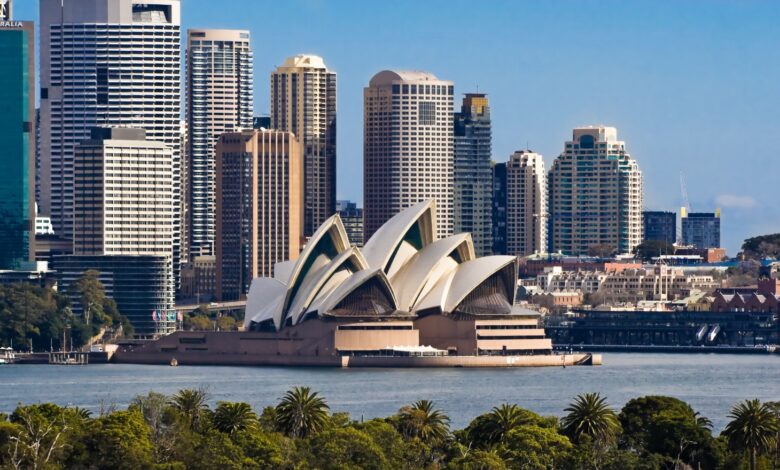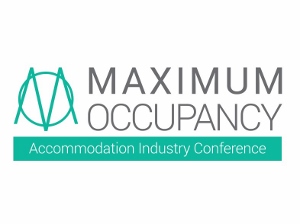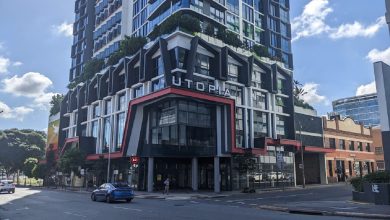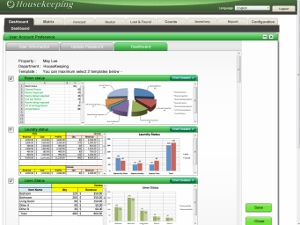
Strengthening market opens opportunities for converting office buildings to hotels
JLL Hotels & Hospitality, in collaboration with its Capital Markets & Work Dynamics teams, explores the case for office conversion to hotels & the factors to consider when reviewing a building conversion
Across Australia and the world, the office market is undergoing a structural shift, caused by the pandemic’s acceleration of the remote working trend. Office vacancy rates are increasing across the country and in response, rental incentives are also on the rise, as the work-from-home thematic changes the way occupiers use their office space.
There is no doubt that both occupiers and investors are seeking exposure to assets with strong ESG credentials. Increased capital costs associated with building upgrades, coupled with rising cost of capital, are placing downward pressure on valuations for office assets.
Our latest AccomNews print issue is available now. Read it HERE
This has been evidenced by recent sales such as 44 Market Street and 1 Margaret Street, Sydney”, said James Aroney, Senior Director of Capital Markets.
In contrast, trading in the hotel sector is strengthening.
All markets are showing increases over 2019 levels in terms of revenue per available room (RevPAR). Queensland has bounced back the strongest, with RevPAR levels in Brisbane up 47 percent on 2019 at year-to-date August, while Gold Coast and Cairns are up 32 percent and 30 percent respectively.
Sydney, which has a higher reliance on international demand, is up 10 percent, while Melbourne is up 2 percent, having successfully absorbed a 31 percent increase in supply since 2020.
“As a consequence of these alternate fundamentals in the two asset classes, we are now seeing a window where hotels may be viewed as a higher and better use than office – arguably the first time this has occurred in most capital cities,” said Gus Moors, Managing Director of JLL’s Hotels & Hospitality Group.
Mr Moors added: “The hotel transactions that are occurring are showing that values are holding up well, reflecting investors’ confidence in the strong recovery profile of the sector.
“Investors are now actively seeking office buildings for conversion to hotels, as evidenced by the recent sale of 39 York Street Sydney. This indicates their belief that this pricing differential between the two sectors is likely to play out over the medium term.”
JLL’s recent white paper on the topic of office conversion to hotels highlights a series of factors that need to be considered in determining if a building can be converted.
Duane Loader, JLL Project Director noted: “The shift in hotel design to lifestyle offerings can accommodate unusual floorplates, as the stricter requirement for uniform 28sqm to 30sqm has been removed, with more of a focus on guest experience than just space, through repeats of bathroom position throughout the building maximises efficiency.”
Lift core location, guest arrival experience and fire life safety are all factors that need to be considered into the design, as well as the buildability of the project in often crowded and difficult-to-access CBD locations.
“There are numerous examples of where offices have been converted to hotels in the past, such as the recently opened Capella Hotel in Sydney. In light of the current climate, we expect that trend to continue. Hotels are now a viable solution for office owners seeking an alternative use.” Mr Moors said.

AccomNews is not affiliated with any government agency, body or political party. We are an independently owned, family-operated magazine.







